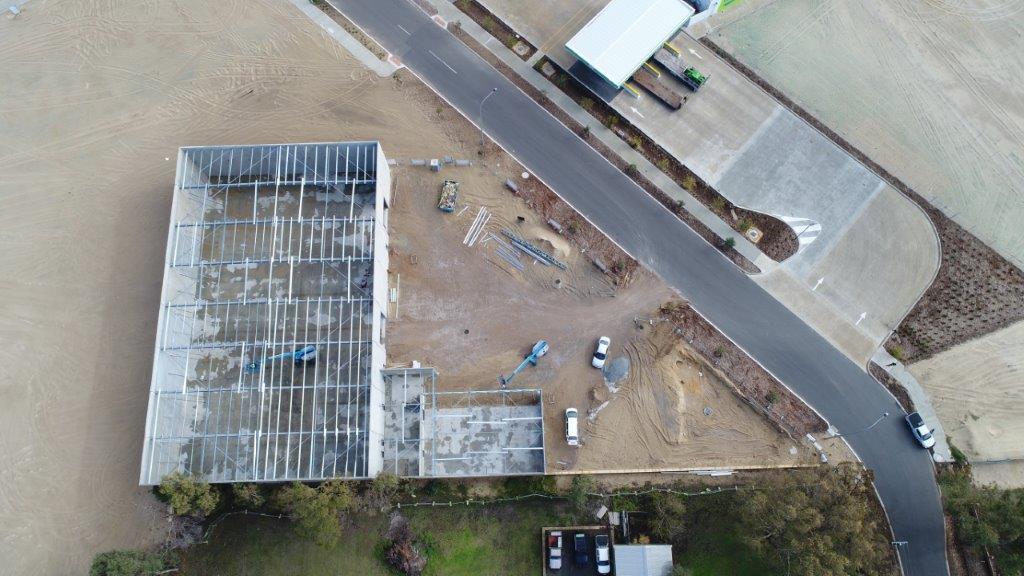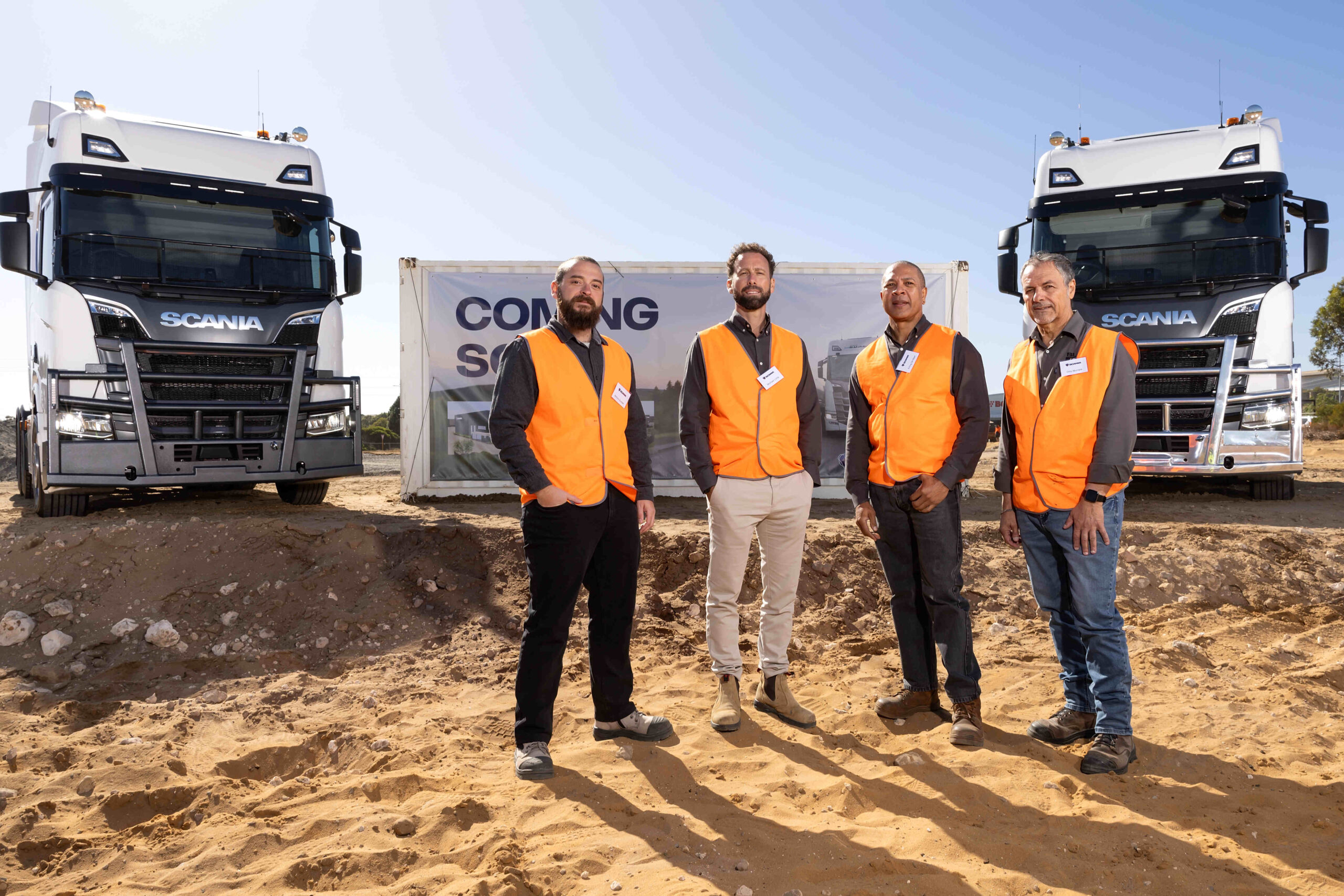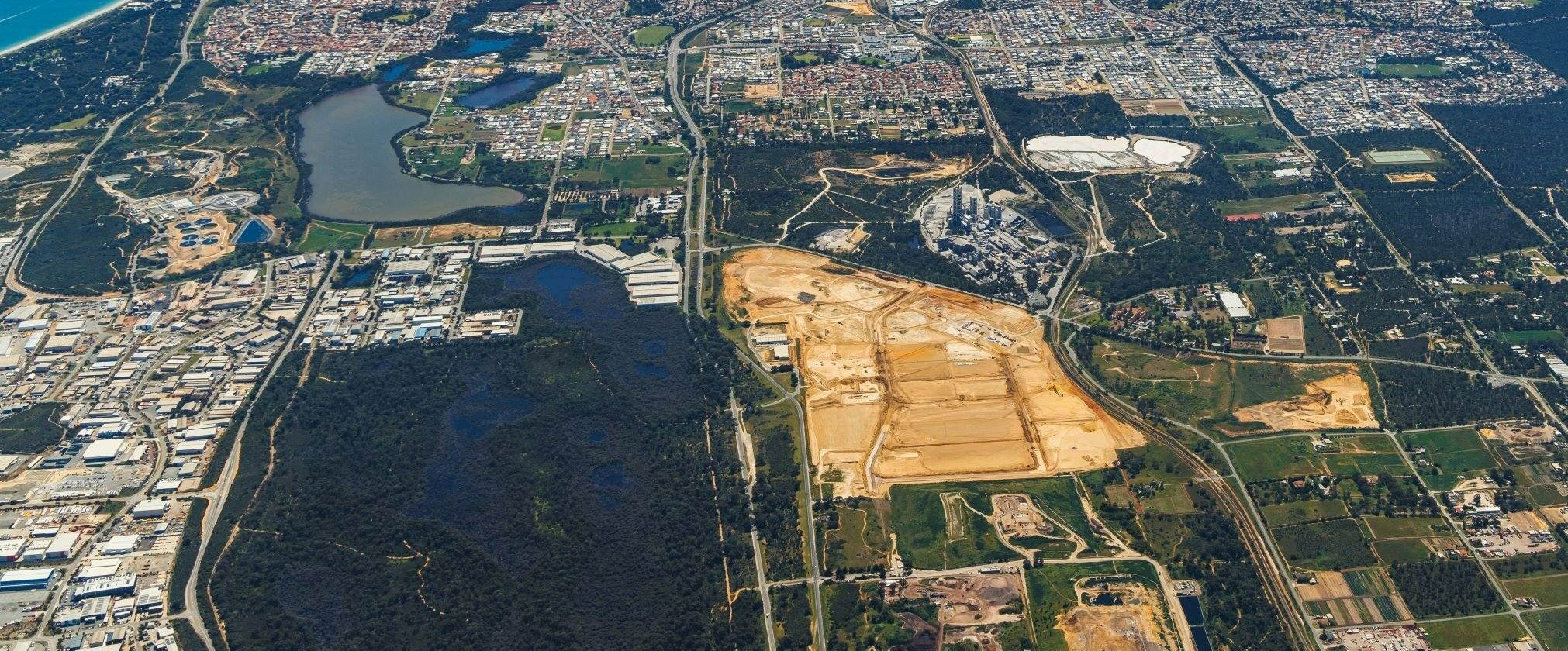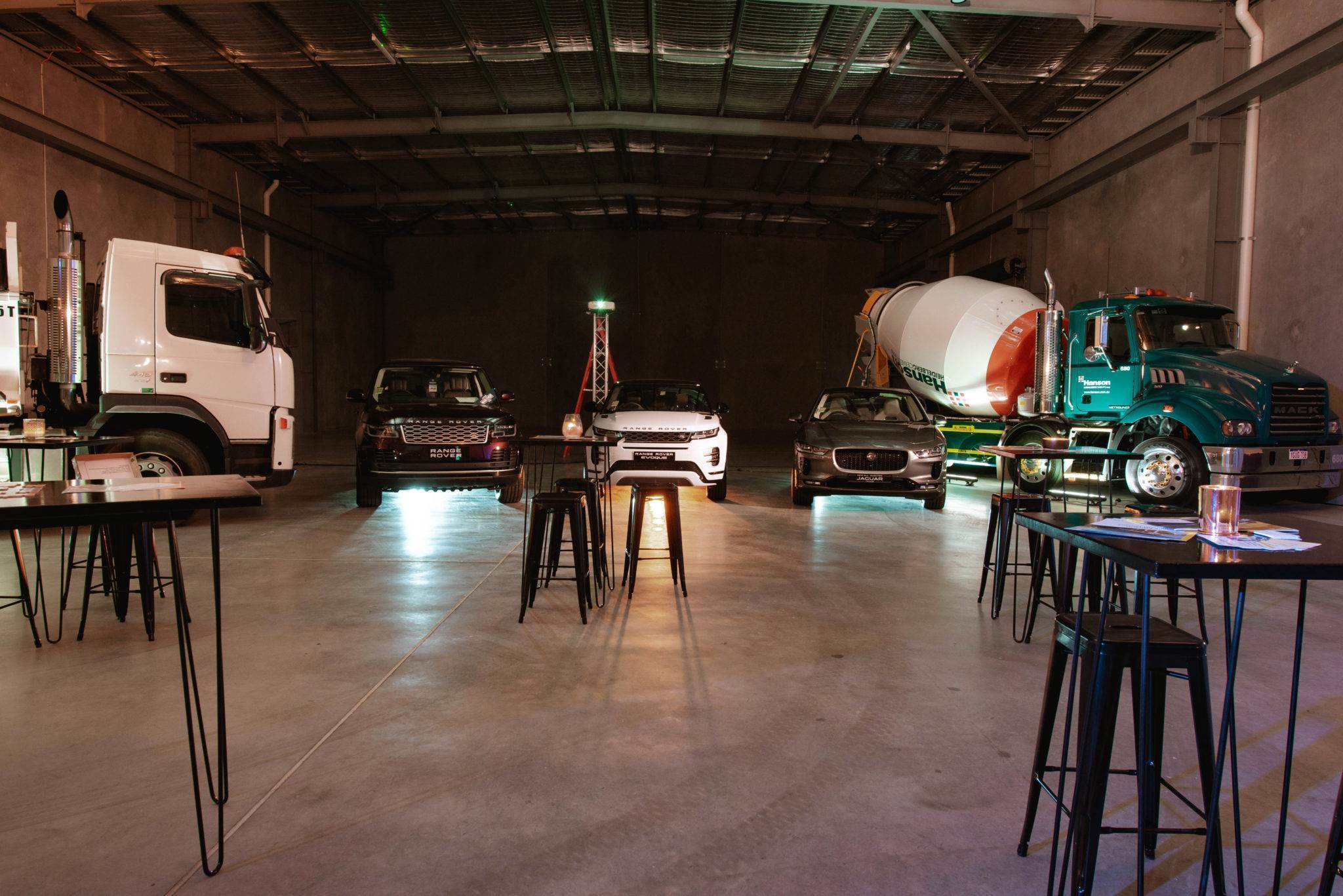As May 18th saw the opening of some borders in Western Australia, the worst appears like its behind us. We have begun to adjust and accept how the world will be for the foreseeable future, however things may not return to normal as quickly as we may hope.
Stake holders in the West Australian industrial building sector display a somewhat common sentiment of cautious optimism mixed with a dash of uncertainty as some tenants thrive and some are seeking rent relief.
Head of Industrial at Jones Lang LaSalle (JLL) Nick Goodridge, who says “We are seeing reasonable levels of demand in the market but it is currently too early to provide a detailed, quantitative assessment of the COVID-19 impact on economic activity, industries and the local industrial market”.
Effective industrial construction project management stands at the forefront of transforming Western Australia’s industrial market, integrating advanced techniques and meticulous planning to ensure timely and cost-effective project completion.
Commercial builders are key players in the evolution of Western Australia’s industrial market, bringing expertise and innovation to create structures that meet the dynamic needs of a growing economy.
But where do the industrial sector opportunities lie now?
What is apparent is that most in the industrial building sector are back in business development mode to re-evaluate rent reductions, resilience of different sectors, new long-term growth avenues and to meet the demands of the new look industrial economy.
Luckily, the West Australian construction industry did not experience forced closure and were able to continue business as usual albeit with newly implemented COVID Health and Safety policies. Mining also stayed steady with an exception to oil and gas that declined due to the global effects of plummeting oil prices.
Construction services are getting crucial in shaping the future of Western Australia’s industrial market, offering innovative solutions and state-of-the-art technology to drive growth and sustainability. We have now seen the trend in industrial design and construction lending towards logistics and storage in particular, food and supply chain related tenants, as it supports the new form of connection between people in a social distanced community, in a potentially isolated state.
We only have to see how long a parcel takes to be delivered to get an idea of both how border closures and increased online sales have shifted the way warehousing will grow into the future. We saw JLL successfully lease 6,500sqm in Kewdale to Australia Post who continue to look for new space and staff during the pandemic.
Industrial appears to be the new sustainable vogue of the property market as industries including retail turn from brick and mortar to online platforms with a logistics touch point. Warehousing could eventually become the new front of shop with the auxiliary office becoming a collection and display centre for multiple brands under one roof.
Retail, the commercial counterpart to warehousing, appears to have a diminishing footprint. As COVID struck brick and mortar stores and closures occurred, many shop owners were led to negotiate a rental relief. As this retail footprint diminishes it paves way for a different type of retail known I refer to as the ‘urban logistic’ (inner city logistics).
Despite large scale warehousing in demand (but limited supply) for investors as prime assests in central logistic locations such as Tonkin Highway Industrial Estate, Kenwick, and Roe Highway Logistics Park, we still are faced with the time delay in delivery. This may then make way for CBD office spaces to become centralised fast pack centres.
As the way people shop changes to shift more online (which hasn’t traditionally been the Australian norm), companies delivering within WA will need to consider their time of delivery, as Amazon grows and our immediate expectations on quick delivery like what we see in the eastern states already (with quick 2 hour turn around delivery for clothes with even a return option for incorrect sizing). The city makes sense to become a new logistic hub.
Whatever the new retail looks like, it is apparent that an ever-increasing presence online is needed by not just them but every industry.
If there is one thing COVID-19 has done for the building sector of Western Australia, it has reinforced that we are a strong industry within the Australian economy alongside mining. It is the backbone from which all other industries will grow as we come out of pandemic. The industrial sector is a dynamic industry that has ebbs and flows but ultimately is a sustainable and safe path for investors both short term and long term.




